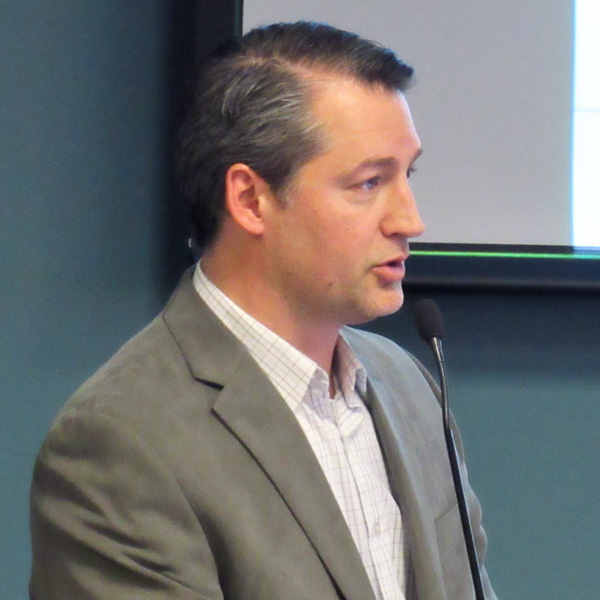By Michael Brooks
Competitive Power Ventures, which last week celebrated the opening of its new 805-MW combined cycle gas-fired power plant in Oxford, Conn., would like to build more gas plants. But it said it is wary of subsidized competitors.
The company announced Thursday that is has begun selling power in ISO-NE from its Towantic Energy Center, which uses two GE Power 7HA.01 combined cycle, dual-fuel turbines, one of the most efficient designs in the world, with up to 64% efficiency.
The plant represents the 26th HA unit to go online, GE said. The HA series is air-cooled, which CPV says “saves as much as 90% of the water used by similar” steam-cooled designs. Poor sales of its previous steam-cooled H-class turbines prompted GE to switch to condensed air, which allows for a simpler configuration that is not only more efficient but more economic to construct as well, the company says.
The turbines’ efficiency will give Towantic an advantage in ISO-NE’s energy market, said Tom Rumsey, CPV senior vice president of external and regulatory affairs. With no load growth in New England, new plants must be more efficient to be profitable, he said.
The plant officially began generating power May 21, just in time for the June 1 start of the 2018/19 capacity commitment period. CPV sold 750 MW of capacity into ISO-NE’s ninth Forward Capacity Auction in 2015.
It gets its fuel primarily from the Algonquin Gas Transmission pipeline and interconnects to the grid through Eversource Energy’s 115-kV Baldwin Junction-Beacon Falls circuit.
Rumsey said the company expects the plant to be a baseload resource, and it isn’t worried about there being gas shortages for the plant because it can also burn ultra-low-sulfur diesel fuel. In the 2014 polar vortex and this year’s bomb cyclone events, “it wasn’t that you couldn’t get gas. It was that gas was so expensive,” he said.
CPV is concerned, however, about state-subsidized resources disrupting the markets, Rumsey said. The company is looking to build more gas plants in New York, Illinois and New Jersey, all of which have enacted zero-emission credit programs for at-risk nuclear plants. They “represent the biggest challenge to the competitive markets since they began,” Rumsey said.
He cited the brief FERC and the Justice Department filed with the 7th U.S. Circuit Court of Appeals in the challenge over Illinois’ program, which argued that it was not pre-empted by the Federal Power Act under the Constitution’s Supremacy Clause. (See Analyst: FERC Asserts Role in Handling Nuke Subsidies.)
CPV also opposed PJM’s capacity market repricing proposals to address subsidies, instead joining Calpine and Eastern Generation to propose a “clean” minimum offer price rule applicable to all subsidized resources. (See Gas Gens Ask FERC for ‘Clean MOPR’ in PJM.)
“Accommodating these resources is the wrong way to go,” Rumsey said.
Combined with the Department of Energy’s latest plan to bail out uneconomic coal and nuclear plants, “it’s all coming to a head at FERC this year.”





